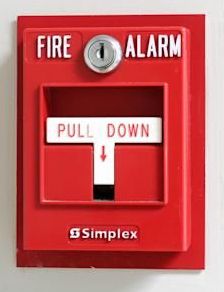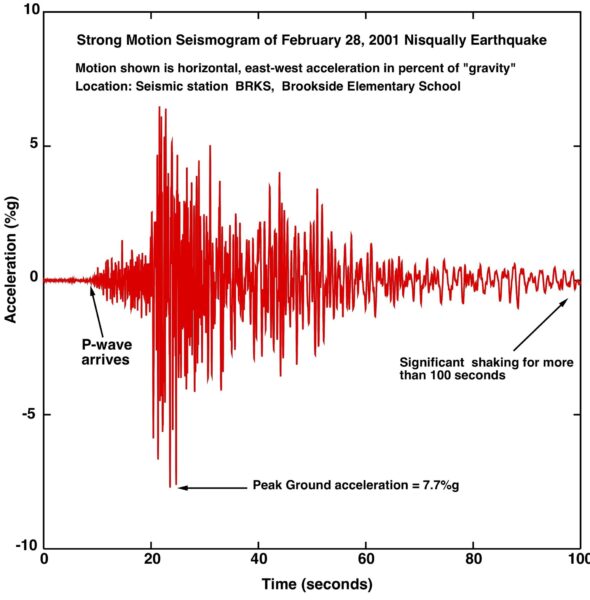I’ve been through so many drills—and emergencies—in my teaching career.
We’ve had multiple lockdowns. Once a neighbor’s bull got loose and rampaged through the playground. Once police called the school and said an armed suspect was in the area; they asked us to keep all the students inside. Once there was a chemical spill scare. The entire school spent the afternoon in the gym before a custodian figured out a delivery truck driver had parked with the exhaust pipe up against the school’s HVAC intake—and left the engine running.

We’ve had fire alarms result in the entire school outside for an hour or more, waiting for the fire department to clear the building.
Students get excited with these interruptions to their routines, but in short order they get bored with the restrictions to their activities.
As we practiced a lockdown drill for the first time, I answered a host of questions from my students. The idea of someone bringing a gun to school to shoot people was very concerning to them. “What if this happened?” they asked. “What if this happened?” “What if this happened?” I told them that, as far as they were concerned, the answer was going to be the same no matter what scenario they might present. “Listen to me and follow my directions.” I gave them a couple of specific examples of what I would have them do, but it still came back to that—just listen and follow directions. They calmed down. They were ok with that.
Over the years, I’ve witnessed more dramatic events. A fire alarm went off. Heads snapped up. Then kids noticed the smoke pouring out of the multipurpose room across the courtyard from our class! I sent my students out to the gathering point while I went looking for the fire extinguisher. When I met up with my class later, they had followed the fire drill routine perfectly.

When the Nisqually earthquake struck, I’d just sent my class to recess. Some students were on the playground. Some were on the stairs leading to the playground. Some were in the halls. Some were in the bathrooms. Some were in my classroom. The earthquake roared in, the ground shook, the building swayed. And every student, no matter where they were, did exactly what they were supposed to do.
In every single emergency or drill that I’ve been through with a class, no matter how intense, the emotional response was the same. The students go on high alert. They might be concerned or nervous. But they look to the adults. They follow directions. The routines and practicing of drills gives them a framework for how to respond. They cope brilliantly.
After a major event, they chatter. Everyone has to share their personal experience—where they were, what they saw, how they felt. I let them all speak, let them come down off that emotional high. Then we go right back to a regular school day.
This week, though, was different. As we worked on math, there was the faint sound of sirens. Then a voice on the intercom said teachers were to keep all students in their classrooms. Shortly thereafter, sirens returned, louder. The voice on the intercom said everyone was to duck and cover. There was a tornado alert.